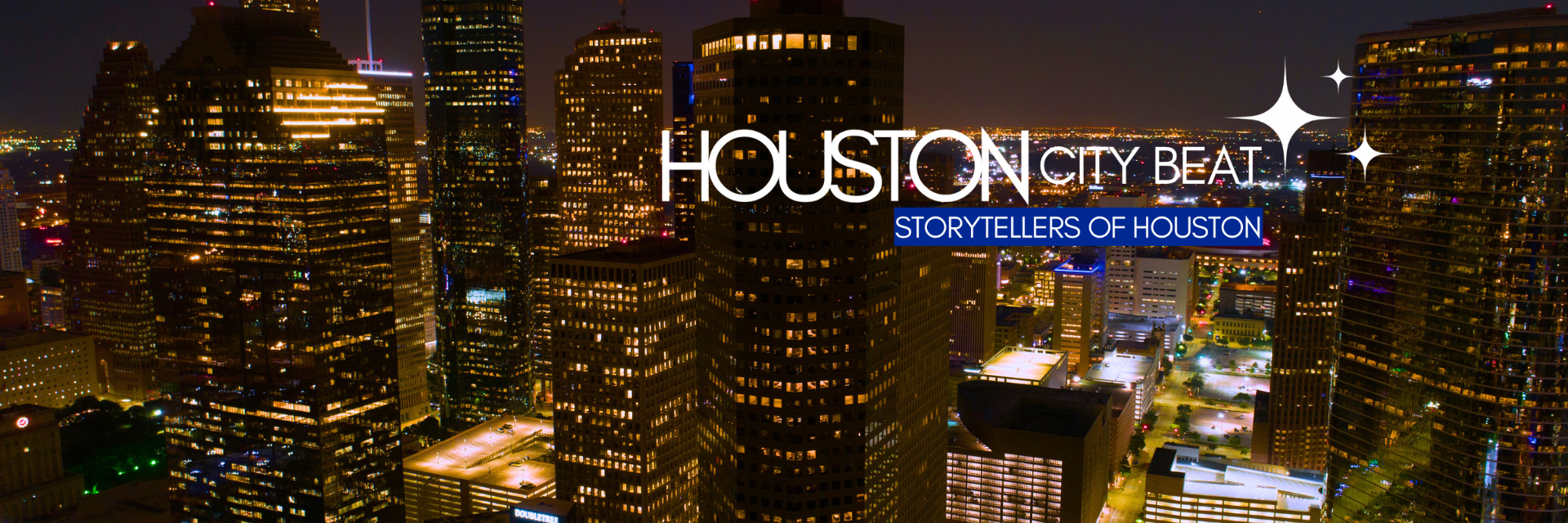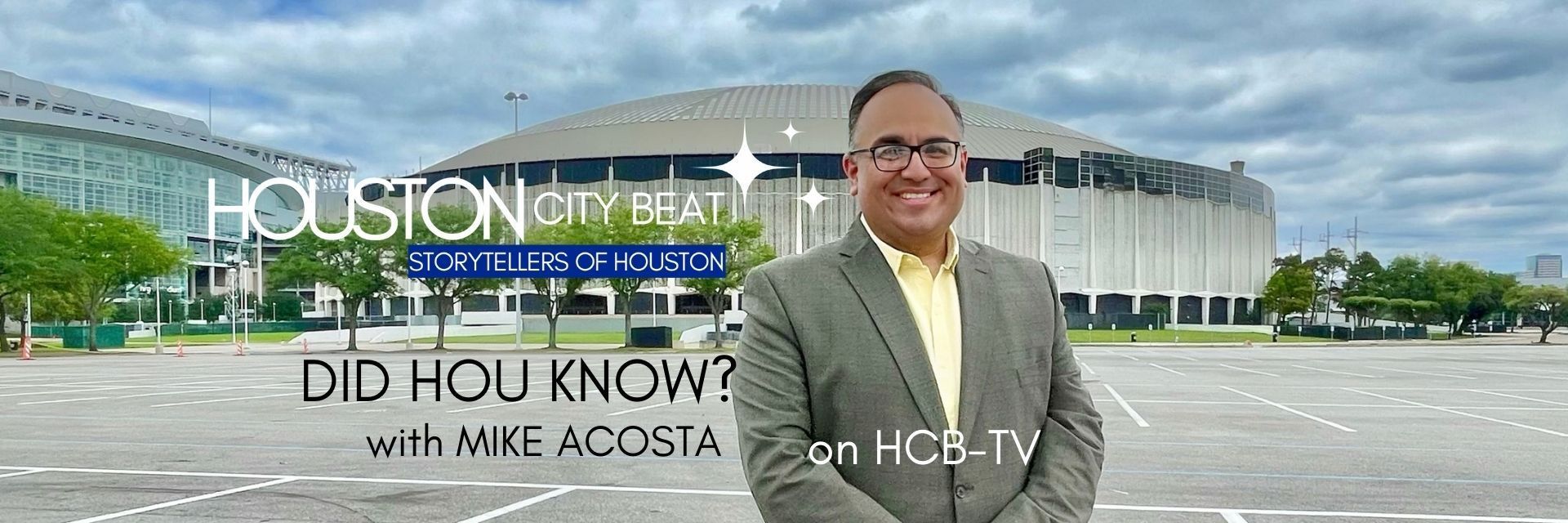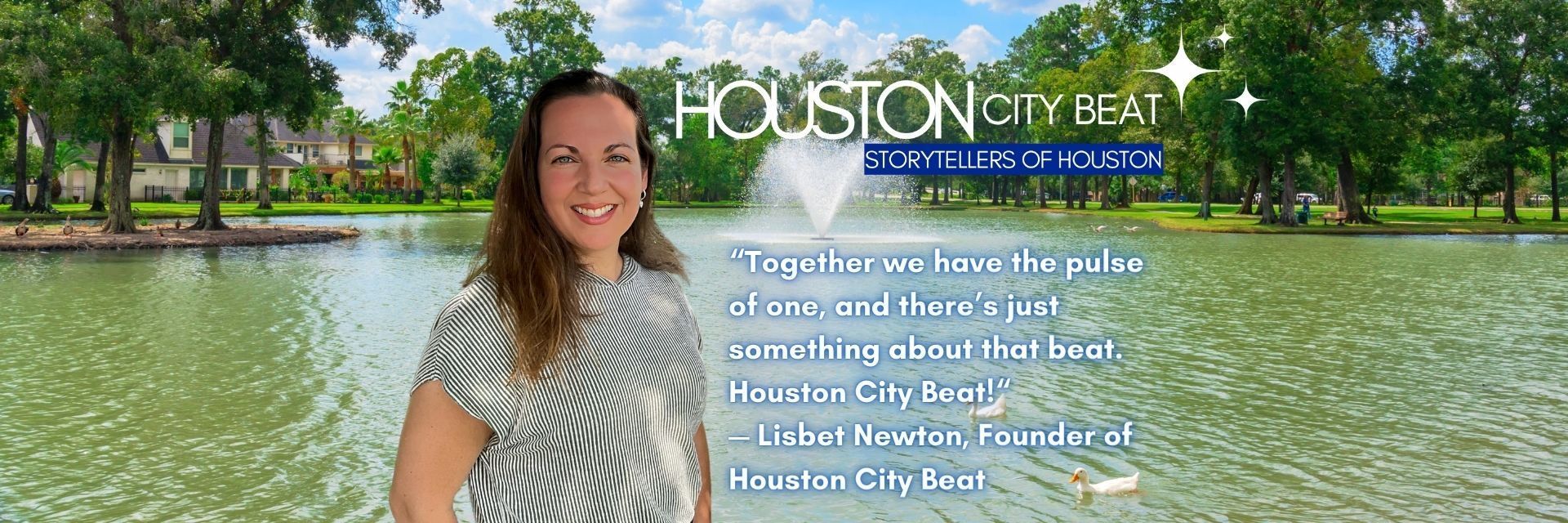The Supertall Skyscrapers of Houston
The Houston skyline saw a modern transformation that began in the early 1970s and continued through the 80s as several 50-plus story buildings were added in the downtown area. Among them were two supertall skyscrapers, which is considered to be any building 984 feet or taller in height.
In 1981 the JP Morgan Chase Tower (built as the Texas Commerce Tower) was built of granite, glass, and steel with 75 floors standing at 1,049 feet. This five-sided tower features 1,660,488 square feet of leasable space and has connectivity to the downtown tunnel system below ground. It’s located on the northern side of Downtown Houston bounded by Texas Avenue, Travis, Capitol, and Milam Streets. Houston’s theater district and Market Square are located to the immediate north. The building was developed by Hines Interests and designed by world-renown architect I.M. Pei.
The Wells Fargo Plaza (built as the Allied Bank Plaza) followed in 1982 with 71 floors standing at 992 feet. Designed by Richard Keating of Skidmore, Owings, and Merrill, the building’s steel structure is clad in reflective blue-green glass. There are two sky lobbies accessible on the 34th and 58th floors. The interior finishes are polished marble. There is a total of 1,721,242 square feet of leasable space and is Houston’s largest office building, despite being four stories shorter than the JP Morgan Chase Tower. Wells Fargo Plaza is located along the west side of Downtown Houston along Louisiana and Smith Streets and has direct connectivity to the Central Tunnel Loop below street level. It has never lost power during any major storm or hurricane to have hit Houston since 1983.
The Williams Tower (built as the Transco Tower) opened in 1983 with 64 floors. Located in Houston’s Uptown District along Loop 610 and across from The Galleria shopping mall, the Williams Tower is the tallest building in the U.S. outside of a central business district and it’s height dominates the landscape of the area with a revolving beacon light at night. The tower was designed by the legendary architectural team of Philip Johnson and John Burgee and features 1.4 million square feet of space. The Williams Tower was actually designed as two buildings stacked on top of one another with separate elevators, lobbies, and parking garages that met tenant requirements. The grand entry to the building is an 88-foot high granite archway and features a three-acre park next to it that features the popular Gerald D. Hines Water Wall.
Also planned for the 1980s was the 82-story Bank of the Southwest Tower, with a height of 1,404 feet. It would have featured progressive glass and metal setbacks which would be lighted at night, capped by an angled crown and spire. The tower would have risen nearly 400 feet taller than any other in Downtown Houston. The building was also slated to be set back towards the inner core of downtown, diagonally east of the 71-story Wells Fargo Plaza and a couple of blocks south of the 75-story JP Morgan Chase Tower.
Plans were scrapped when the Federal Aviation Administration determined a building this tall would be, “Hazardous to air navigation,” as airplanes made their decent towards Hobby Airport in southeast Houston. In fact, the Chase Tower was originally designed with 80 stories, but was scaled back to meet FAA standards. In Houston, planes landing at the city-owned Hobby Airport usually fly less than a mile from downtown, sometimes less than 2,000 feet. Any building or structure slated to be over 200 feet are required to file paperwork with the FAA to determine any affect on airplanes taking off or landing at a nearby airport. The City of Houston purchased Hobby Airport in 1937, long before downtown would have several tall skyscrapers.
The Bank of the Southwest Tower was slated to be completed by 1986, but after its cancellation the firm of Jahn/Murphy, Inc. used some of the design elements to build One Liberty Place in 1987, a 61-story skyscraper in Philadelphia which stands at 1,090 feet. There’s no doubt the Bank of the Southwest Tower would have dominated the Houston skyline and would be a city landmark and magnificent representation of American architecture.











